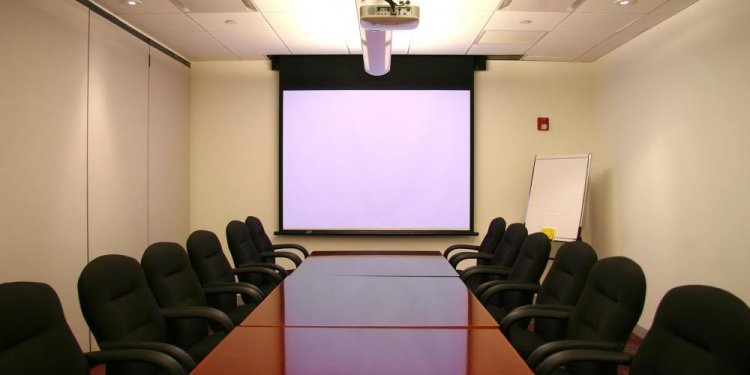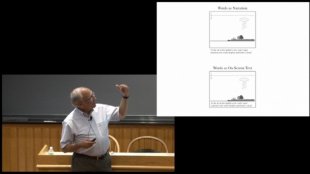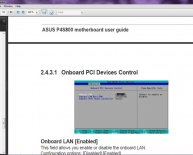
What is multimedia presentation?
 Over 70 faculty, students and staff joined HILT on Monday, May 5 in Sever Hall for a talk by featured guest Richard E. Mayer, professor of psychology at the University of California, Santa Barbara.
Over 70 faculty, students and staff joined HILT on Monday, May 5 in Sever Hall for a talk by featured guest Richard E. Mayer, professor of psychology at the University of California, Santa Barbara.
See Also:
One of Dr. Mayer’s primary research interests is multimedia learning. In his work, he applies basic findings from cognitive psychology to practical questions in learning, teaching, and communication, most notably: How can individuals effectively design visual content (e.g., PowerPoint presentations) to accompany their verbal presentations and written text?
The Science of Learning
[View this portion of the lecture video]
Dr. Mayer introduced his research by defining the Science of Learning for the audience and where multimedia learning fits. He emphasized an important distinction between learning as information acquisition, and learning as knowledge construction: “We are really in the knowledge business in education. It’s difficult to view learning as some commodity that can be taken from the outside world and placed in someone’s head. People always relate it to their prior knowledge, rearrange it, try to make sense out it. That’s how learning works.” His research is focused on knowledge construction, which requires an active-learning approach (although, Mayer noted, the level of cognitive activity applied to a lesson is more important than the level of behavioral activity).
How Does Multimedia Learning Work?
[View this portion of the lecture video]
Multimedia instruction helps learners understand concepts with the use of words and images. Dr. Mayer explained that there are three cognitive processes required for meaningful learning: selecting, organizing, and integrating. The multimedia techniques of his research aim to prime these processes.

















